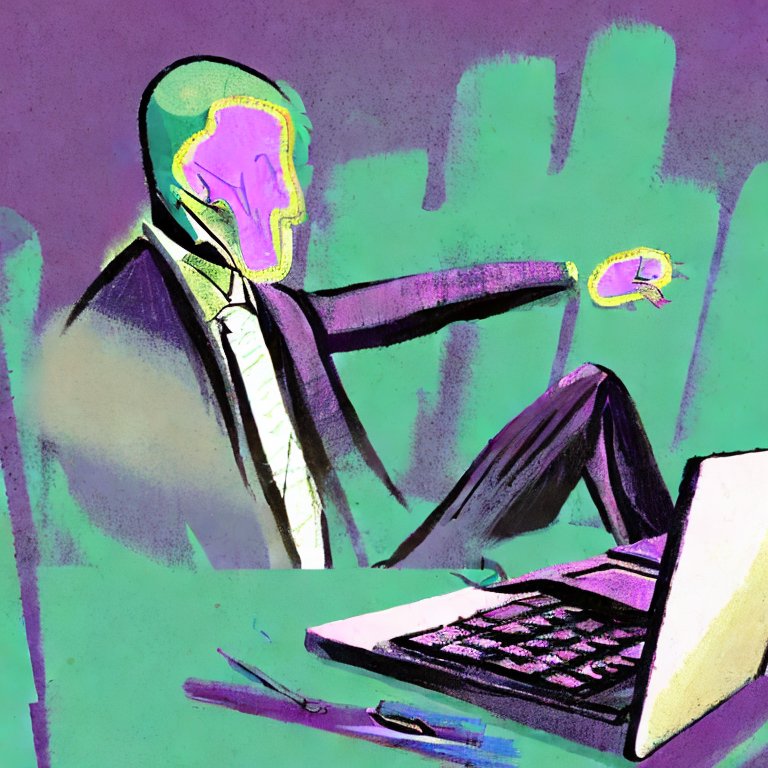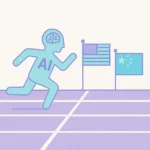Artificial Intelligence (AI) and automation are disrupting the way we work and live, changing the landscape of various industries. With the rapid advancement of AI technologies, fear and uncertainty are rising among white-collar workers, who worry that they may soon be replaced by machines — just as blue-collar workers experienced a similar upheaval with the introduction of automated manufacturing robots. Let’s look at the parallels between the two situations, highlighting the potential impacts and opportunities that AI brings to the white-collar workforce.
White-Collar Fears: The AI Revolution
The fear of being replaced by AI is not unfounded for white-collar workers. AI has already demonstrated its ability to perform complex tasks, including data analysis, document review, and even creative work. This has led to a growing anxiety that AI will eventually outperform humans in various white-collar professions, such as finance, law, and journalism. A recent Goldman Sachs report found that 46% of tasks in administrative and 44% in legal professions could be automated with AI but only 6% in construction 4% in maintenance, for example.
Drawing Parallels: Blue-Collar Resistance to Automation
The concerns of white-collar workers mirror those of blue-collar workers during the rise of automated manufacturing robots. The beginning of robotic manufacturing goes back farther than you might think: The first Unimate robotic arm was installed in a General Motors plant in 1961, and they quickly became a fixture in the automotive industry. Industrial robots began to replace some assembly line workers, leading to job displacement and widespread concern. However, history has shown that while some jobs were indeed lost or became obsolescent, automation also led to the creation of new jobs and opportunities for blue-collar workers, albeit often requiring new skills or specialized training.
Pressure Relief for White-Collar Workers
Just as blue-collar workers adapted to the new reality of automation, white-collar workers must do the same to stay relevant in the face of AI-driven changes. There is a need for identifying new opportunities, reskilling, and embracing AI as a tool that augments human workers, rather than simply replacing them.
Reskilling and Upskilling: As AI takes over repetitive and mundane tasks, white-collar professionals can focus on acquiring new skills that machines cannot replicate, such as critical thinking, creativity, and emotional intelligence.
Embracing AI: Instead of fearing AI, white-collar workers should see it as an opportunity to enhance their own productivity and decision-making. AI can help professionals better analyze data, identify patterns, and make more informed decisions, ultimately improving their job performance.
Job Creation: The AI revolution is expected to create new job opportunities that don’t currently exist, much like the automation revolution did for blue-collar workers. Professionals should be prepared to transition into these emerging roles, which may require a combination of technical and soft skills.
Collaboration between AI and Humans: The future of work is likely to involve humans and AI working together in a symbiotic relationship. Embracing this concept may be the best way for white-collar workers to leverage AI and stay competitive in their respective fields. Sometimes the only way out is through.
Lessons from the Blue-Collar Experience
The blue-collar workforce’s experience with automation offers valuable lessons for white-collar workers facing AI-driven changes. The key takeaway is that despite initial resistance and fears, blue-collar workers adapted to automation, and many found new opportunities in the process. As a result, industries became more efficient, and overall productivity increased.
The rise of AI and automation in the white-collar workforce is an inevitable reality. By drawing parallels from the blue-collar experience, professionals can prepare for what may be a chaotic mix of challenges and opportunities ahead. Embracing AI, reskilling, and fostering a growth mindset are key for your smooth transition into the AI-driven future. The road ahead is uncertain, but history has shown that embracing change and adapting to new technologies can lead to progress and new opportunities for the workforce.





